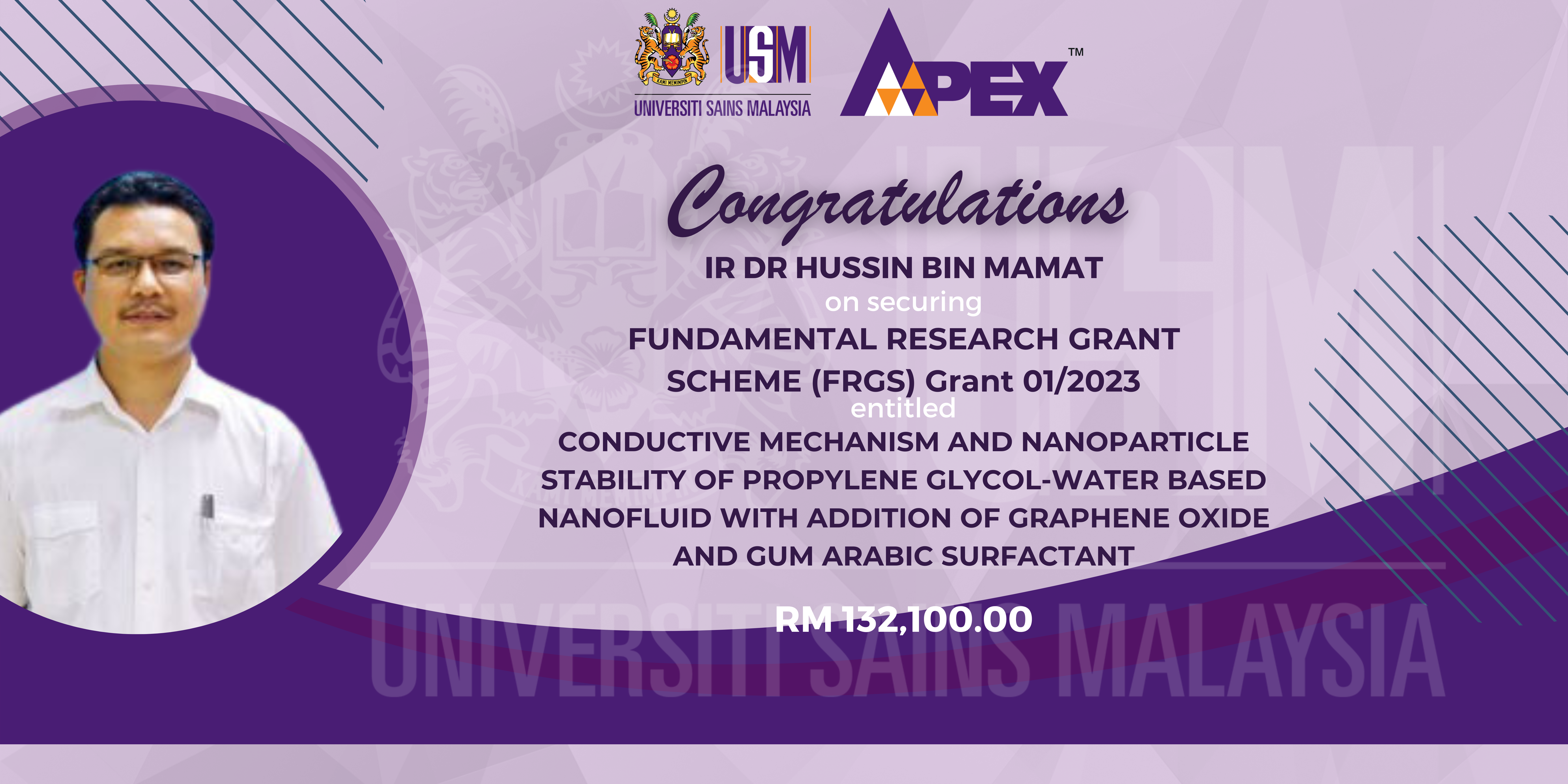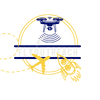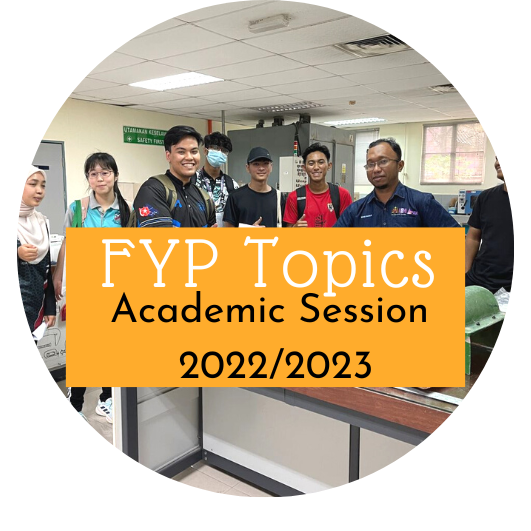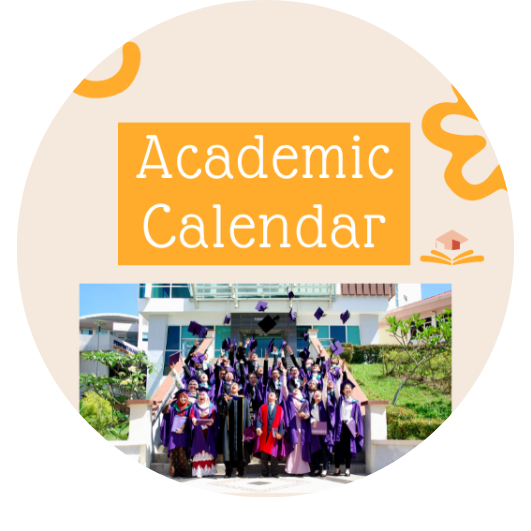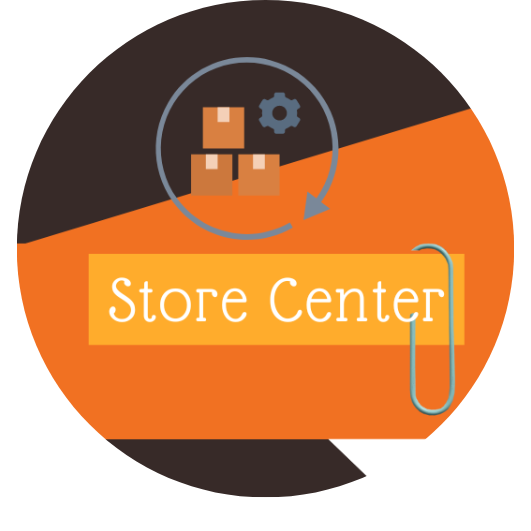
PETALING JAYA: Malaysians need to improve their command of English language, while the country must increase the number of those studying science, technology, engineering, and mathematics (STEM) if we are serious about emulating India’s achievements in space exploration, said experts.
So far, Malaysia’s foray into space includes sending our first astronaut Datuk Dr Sheikh Muszaphar Shukor Al Masrie Sheikh Mustapha to the International Space Station aboard the Russian Soyuz TMA-11 craft alongside two of its Expedition 16 crew in October 2007.
Others are the launch of the RazakSAT Earth observation satellite in July 2009, which failed one year later, and the TiungSAT-1, which is the first Malaysian microsatellite launched in September 2000.
However, much more needs to be done before the country can achieve greater success in space exploration, said Universiti Sains Malaysia School of Aerospace Engineering space programme coordinator Dr Norilmi Amilia Ismail.
“India’s investments in science, technology, engineering and mathematics and successful collaborations with other countries have enhanced its status as a space-faring nation.
“The use of advanced technology in the Chandrayaan-3 moon mission (at very low cost) has increased India’s appeal as a partner for countries interested in cost-effective space exploration,” she said.
Norilmi Amilia, who is also a mentor at the UN Office of Outer Space Affairs Space4Women Mentorship Programme, said the demand for careers in STEM fields is increasing.
“However, we must accept that for the past 20 years, Malaysia has failed to meet the target of 60% students in STEM. As of 2020, the country could only achieve 47.18%.
“This is due to the STEM education sector in the country having a shortage of skilled teachers and insufficient educational resources.”
Norilmi Amilia said it is important to address the matter by establishing mentorship programmes for STEM teachers and providing incentives that can attract and retain experienced educators.
She expressed optimism about Malaysia’s potential in the space sector and the importance of teamwork, but stressed that pursuing a space mission requires a strong educational background in subjects such as aerospace or astrophysics.
“But to achieve this, our schools need more funding for laboratory equipment, materials and technology integration, with stable internet connectivity to create a conducive learning environment.”
Supporting Norilmi Amilia’s call is Vanmitha Athimoolam, who said the government’s dedication, infrastructure investments, education and international collaborations are important in shaping the future of the space industry.
Vanmitha is the country’s representative in the Career Astronaut Competition (CAC), the world’s largest optimal team design research and training programme for candidates, with a focus on STEM and science, technology, engineering, arts and mathematics (STEAM).
The CAC is organised by US-based AdvancingX, which identifies, selects and trains career astronaut teams for the commercial space industry.
Vanmitha said: “To meet the growing demand for science, engineering and technology professionals in the future, Malaysia should aim to enhance its curricula and boost the proportion of STEM students.
“STEM education fosters expertise in relevant fields and develops the necessary skills and knowledge for future space missions.
“By implementing effective policies, initiatives and action plans, the country could create a highly skilled STEM workforce and achieve its goal of high-income status.”
Vanmitha said while it is essential to have a strong foundation in one’s mother tongue, fluency in the English language is critical for individuals as it facilitates collaboration among STEM researchers worldwide to foster innovation and reduce miscommunication.
Norilmi Amilia, who is also CEO of SpaceIn Sdn Bhd, which specialises in small satellite manufacturing and satellite IoT (internet of things) services, said: “Malaysia’s involvement in miniaturising satellites and manufacturing re-entry capsules showcases its commitment to technological advancements in space exploration.
“Private companies like SpaceX and Blue Origin have entered the space industry, reducing launch costs and increasing the frequency of missions. Collaborating with them can open new opportunities for space tourism, lunar exploration and scientific discoveries.”
Norilmi Amilia said three universities have aerospace engineering programmes.
“Collaboration between the public and private sectors is necessary for adequate funding. It is also crucial to invest in research and development, as well as develop a trained workforce.
“The government should support space start-ups to create a viable national space programme. Collaboration with other institutions and space agencies is beneficial for research and knowledge sharing.
“Malaysia has its own assembly, integration and test facility and it plans to develop more.
“Investments in technology, infrastructure development, research centres, human capital and clear regulations are needed to facilitate our space programme.”
Credit : www.thesundaily.my Sivanisvarry Morhan


